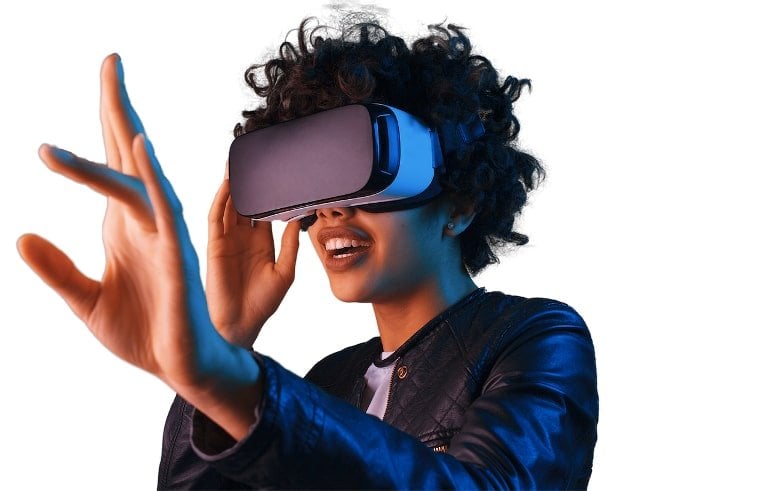Summary: Study finds passively observing virtual reality games increases cybersickness, while actively participating in VR games diminishes feelings of motion sickness associated with virtual reality.
Source: Mary Ann Liebert, Inc
Passive watching of a virtual reality game caused relatively severe cybersickness. In contrast, active playing of the game led to diminishing cybersickness, according to a study published in the journal Cyberpsychology, Behavior, and Social Networking.
Virtual reality sickness, or cybersickness, is a significant obstacle to being able to sustain the feeling of presence in the virtual reality experience.
Upyong Hong, Ph.D., from Konkuk University, and coauthors, investigated whether the degree of cybersickness varies depending on how the virtual reality content is experienced, and whether specific eye movement characteristics are associated with changes in cybersickness. The investigators collected and analyzed eye-tracking data.
Eye movement patterns changed depending on the different levels of cybersickness. Eye movements became more restricted as cybersickness increased. The investigators concluded that “more active eye movements reduced cybersickness. Thus, the restricted eye movements in the passive watching mode can be considered the cause of the higher level of cybersickness.”

“As more of our time is spent in virtual worlds, it becomes ever more important to enhance methods of detecting and quantifying cybersickness. This in turn allows us to develop techniques to prevent or mitigate its detrimental effects on the user’s sense of presence,” says Editor-in-Chief Brenda K. Wiederhold, Ph.D., MBA, BCB, BCN, Interactive Media Institute, San Diego, California and Virtual Reality Medical Institute, Brussels, Belgium.
About this virtual reality research news
Author: Press Office
Source: Mary Ann Liebert, Inc
Contact: Press Office – Mary Ann Liebert, Inc
Image: The image is in the public domain
Original Research: Open access.
“Eye Movement Patterns Reflecting Cybersickness: Evidence from Different Experience Modes of a Virtual Reality Game” by Yunju Nam et al. Cyberpsychology, Behavior, and Social Networking
Abstract
Eye Movement Patterns Reflecting Cybersickness: Evidence from Different Experience Modes of a Virtual Reality Game
This study investigated whether the degree of cybersickness varies depending on different virtual reality experience modes (playing vs. watching) and whether specific eye movement parameters reflect changes in cybersickness.
Simulator Sickness Questionnaire results from 20 participants (10 playing and 10 watching) showed that cybersickness was much more severe in the watching mode, particularly during the second of the three total trials. Moreover, cybersickness’ changing pattern was reflected in the center gaze ratio and scan-path length.
These findings imply the importance of physiological measurements for a deeper understanding of cybersickness in theoretical and practical respects.






